- Back
- Products
Development Framework & Tools
Qt Framework
Cross-platform software libraries and APIs
Qt Development Tools
Qt Creator IDE and productivity tools
Qt Design Studio
UI Design tool for UI composition
Qt Quality Assurance
for Qt projects
Qt Digital Ads
Digital advertising for UI apps
Qt Insight
Usage intelligence for embedded devices
Quality Assurance Tools
Squish
GUI test automation
Coco
Code coverage analysis
Test Center
Test results management and analysis
Axivion Static Code Analysis
Software static code analysis
Axivion Architecture Verification
Software architecture verification
-
More
Qt 6
The latest version of Qt.
Licensing
Make the most of Qt tools, with options for commercial licensing, subscriptions, or open-source.
Qt Features
Explore Qt features, the Framework essentials, modules, tools & add-ons.
Qt for Python
The project offers PySide6 - the official Python bindings that enhance Python applications.
-
- Solutions
-
Industry & Platform Solutions
Qt empowers productivity across the entire product development lifecycle, from UI design and software development to quality assurance and deployment. Find the solution that best suits your needs.
-
Industry
-
Platform
Automotive
Micro-Mobility Interfaces
Consumer Electronics
Industrial Automation
Medical Devices
Desktop, Mobile & Web
Embedded Devices
MCU (Microcontrollers)
Cloud Solutions
-
More
Next-Gen UX
Insight into the evolution and importance of user-centric trends and strategies.
Limitless Scalability
Learn how to shorten development times, improve user experience, and deploy anywhere.
Productivity
Tips on efficient development, software architecture, and boosting team happiness.
-
- Resources
-
Our Ultimate Collection of Resources
Get the latest resources, check out upcoming events, and see who’s innovating with Qt.
-
Development Framework & Tools
-
Quality Assurance Tools
Qt Resource Center
Qt Blog
Qt Success Stories
Qt Demos
QA Resources
QA Blog
QA Success Stories
-
- Learn
-
Take Learning Qt to the Next Level
A wealth of Qt knowledge at your fingertips—discover your ideal learning resource or engage with the community.
-
Learn with us
Qt Academy
Qt Educational License
Qt Documentation
Qt Forum
-
- Support
-
We're Here for You—Support and Services
Whether you're a beginner or a seasoned Qt pro, we have all the help and support you need to succeed.
-
Build Your Brand's Own Digital Cockpit
Simplify your processes, reduce costs and time-to-market, reinforce your brand with end-to-end tooling for automotive HMI design, development, testing, and deployment that build upon the same codebase.
Turbocharge Your Vehicles with Qt as They Have

.webp)
.png)
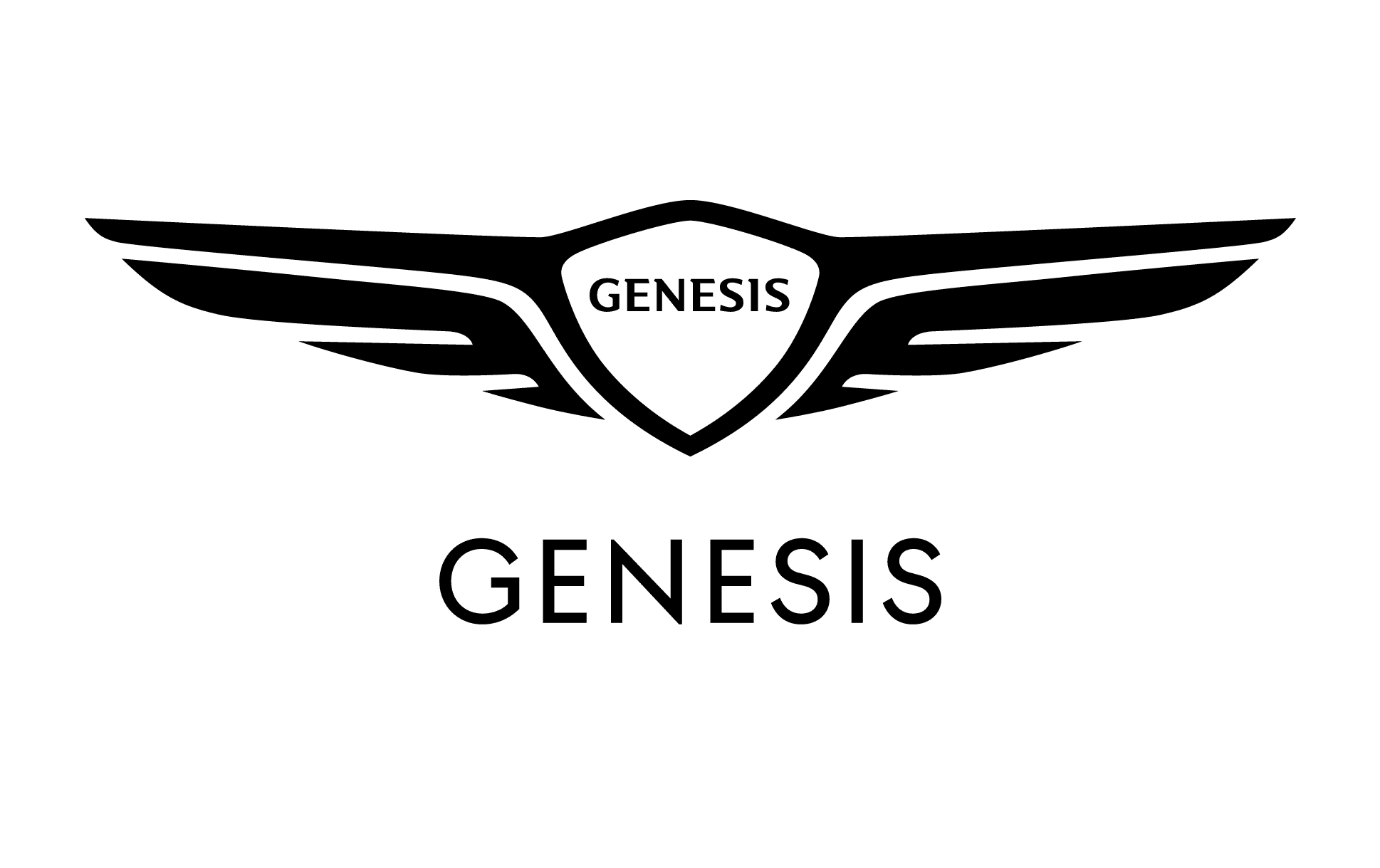
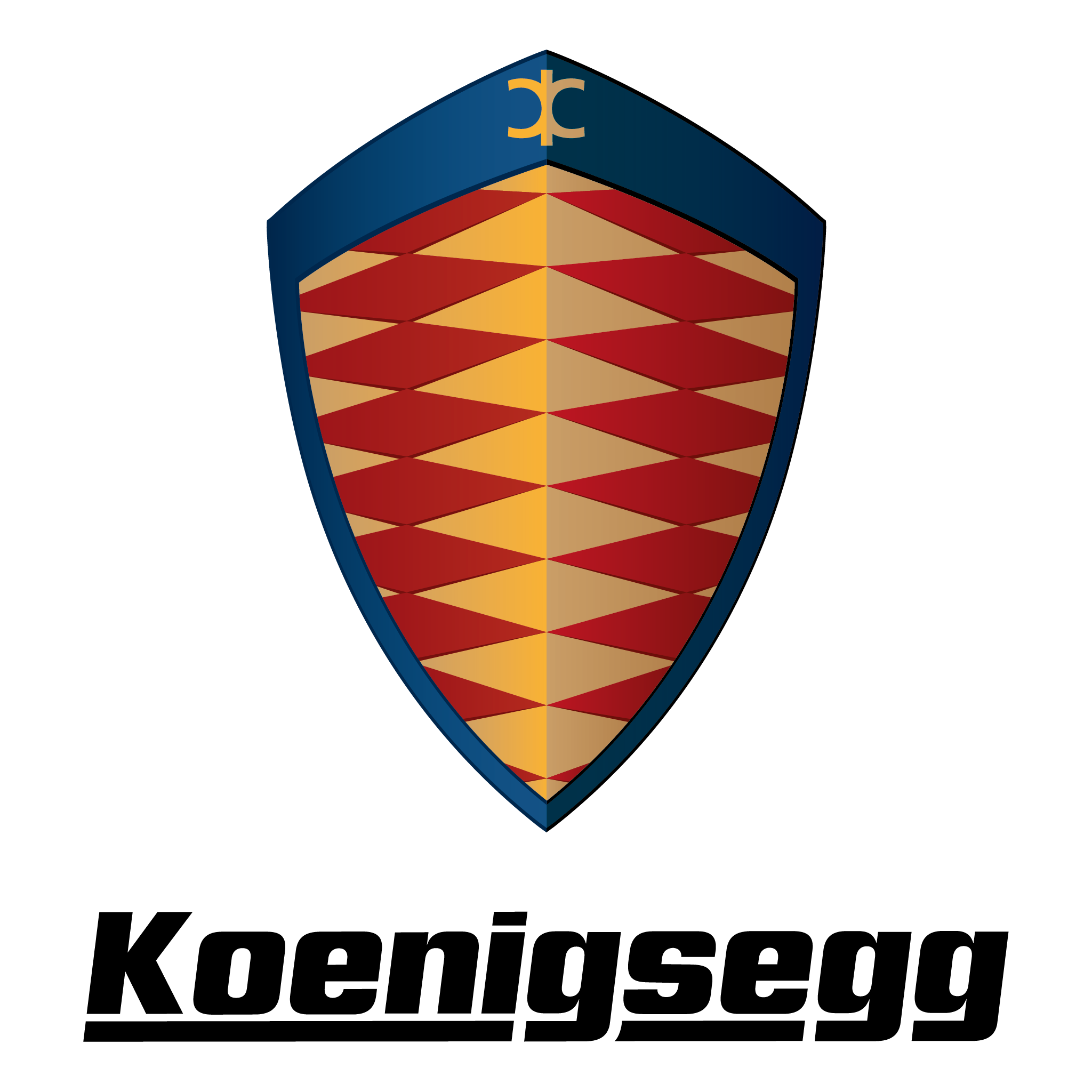
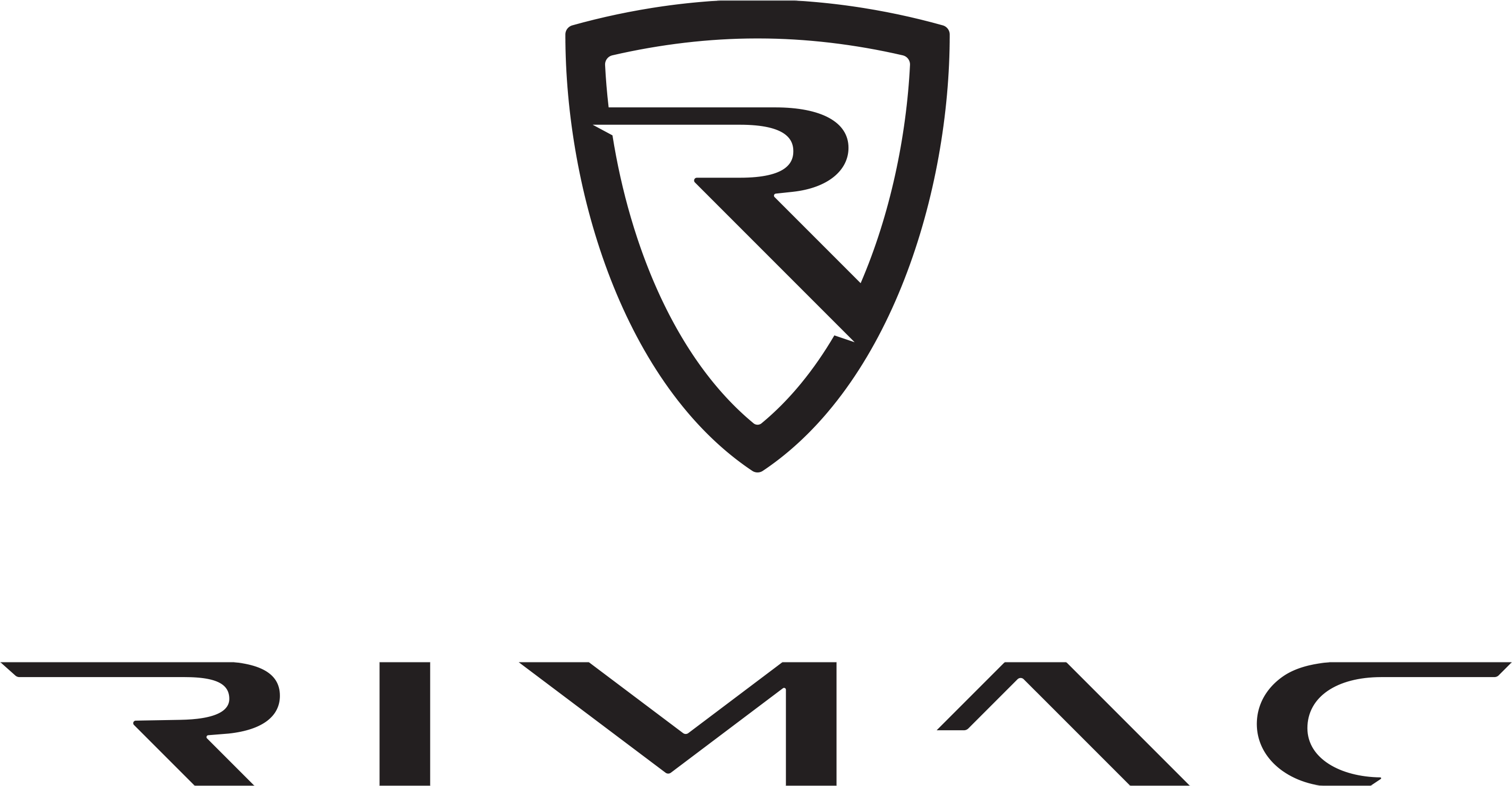
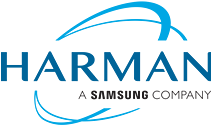
.webp)

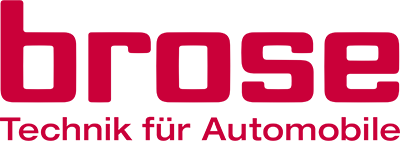

.webp)
.png)




.webp)



.webp)
.png)




.webp)


Qt in the Automotive HMI Design
.webp)
Instrument Cluster
Leverage Qt low footprint and graphics acceleration capabilities to deliver a comprehensive view of the car status with razor-sharp real-time graphics, even on MCU-based devices.
.webp)
Infotainment System
Enjoy full HMI customizability, connectivity, and 3rd-party application management to access the outside world from your car—and your car from any place.
.webp)
Heads-up Display
Leverage Qt fully data-driven real-time rendering capabilities to disclose road information by means of non-distracting augmented reality visuals.
.webp)
Rear-seat Entertainment
Let your passengers access their own favorite home entertainment from the seat of the car, with Qt Web Application and connectivity capabilities.
.webp)
ADAS
Take advantage of Qt real-time 3D rendering to increase your safety on the road by means of realistic visualizations of the car in its actual environment.
.webp)
HVAC
Qt’s rich set of visual effects and input methods can turn your air conditioning or audio system into immersive experiences effectively enhancing the in-car experience.
Optimized Productivity in HMI Design
Streamline your workflow and increase your productivity by letting your UI/UX designers, technical artists, developers, and test engineers teams speak the same language.
With a range of products encompassing the whole lifecycle of HMI production, Qt technology and tools increase synergies across teams, simplify processes, and reduce the effort of delivering future-proof automotive software.
A Single Codebase for Every Model
Break down silos and increase your team’s productivity.
By letting you maintain your entire codebase in a single repository shared among all teams, Qt technology ensures one source of truth, minimizes dependency issues, and simplifies large-scale refactoring.
Efficient Designer-Developer Workflow
Unleash the power of a UI creation tool where the UI's visual experience is built side by side with its code.
Qt Design Studio enables an integrated working methodology for your UI/UX designers and developers that drastically reduces complexity and efforts, with huge benefits on time to market and cost.
Streamlining Operations
Reduce BOM, time-to-market, maintenance effort with tools for each production stage that speak the same language.
The adoption of a unified HMI framework whose tools encompass the end-to-end product lifecycle empowers emancipation from third-party suppliers, with major benefits in terms of productivity, efficiency, brand identity, and quality.
Meeting the Highest Quality Standards
Ensure the quality, safety, and reliability of your HMI software.
Qt Quality Assurance offer lets you test your software quality beyond the user interface to assure its overall compliance with coding guidelines. Qt Safe Renderer helps you meet the road vehicle’s functional safety requirements for your instrument cluster.
Real-time Usage Intelligence
Leverage real-time usage data to understand user behavior.
Qt Insight lets you constantly improve your software and services by tracking user activity and application flow to learn what functionality is valued and which is not.
Qt Automotive HMI Framework
Leverage over 15 years of mass-production history with the major automotive industry players and millions of automotive HMIs in the market—and more to come.
Far beyond simple UI development, the Qt framework lets you define the entire platform’s middleware, empowering broad support to automotive functionality, third-party services, and advanced graphics—while delivering a native user experience on any target.
Flexible Framework
Leverage a wide set of HMI libraries that can be easily extended and customized with C++ code across the whole software stack.
With its easily readable, declarative syntax, QML offers ample creative resources to efficiently build outstanding HMIs whose behavior can be customized with the greatest flexibility by means of C++ code.
Platform-independent Code
Leverage the efficiency of an HMI creation workflow decoupled from hardware constraints.
Qt cross-platform core lets you implement your dashboard on PC empowering major time savings, consistent visuals across displays and devices, and independence from hardware suppliers.
Future-proof Technology
Secure your market presence throughout your vehicle program lifecycle.
Qt platform-independent code saves your HMI from the risk of hardware and OS obsolescence. Being maintained for years, Qt long-term releases secure your product’s market permanence over time.
Multi-product Portfolios
Create your code once and port it to different platforms as is or via simple differentiation of the look-and-feel.
Qt software design paradigm decouples the UI appearance from its underlying logic, paving the way for the creation of highly optimized UI components that can be shared across product lines and easily customized based on each model’s demands.
Ready-made HMI Components
Build at scale with high-quality standardized HMI components that can be easily customized for different devices and models.
Qt HMI solutions include ready-made components—such as menus, widgets, animations, visual effects, and more—that will bring your dashboard to life with rich automotive-specific functionality and state-of-the-art graphics.
Empowering the Software-Defined Vehicle
Maximize the value of your automotive software by owning and controlling its entire lifecycle from inception to completion.
By providing ready-made support for the whole automotive software stack and the backbone of the entire car ecosystem, Qt technology empowers the foundation of a true software-first revolution in the automotive industry.
A Full-scale Platform Policy
Reduce overall time to market by leveraging efficiencies across development and maintenance.
Qt offers a unified HMI development process under a single UI framework enabling control over the key aspects of the connected car infrastructure such as the In-Vehicle Framework, Infotainment Framework, and Connectivity Framework.
Boosting Real-time Graphics
Leverage the full power of 2D and 3D graphics to increase informativity and functionality.
Qt Quick graphics capabilities let you represent complex life-like situations by means of 3D graphics, that can be seamlessly interacted with by means of intuitive 2D controls. Additionally, the Qt framework lets you embed OpenGL, OpenGL ES, Vulkan, Direct3D, and Metal graphics on any car display.
Consistent Look-and-feel
Deliver a coherent signature UI across each screen in the car.
Qt cross-platform code lets you reuse visual assets and UI elements across different devices, both in-car—instrument cluster, IVI, HUD, etc.—and portable—phones, wearable, PC, etc.—ensuring that your uniquely branded user experience is consistently displayed.
The Connected Vehicle
Enjoy the freedom to connect your car to your everyday life.
By enabling remote control via smartphone and companion apps, Qt connectivity tools bring your car to your fingertips. Qt-supported connectivity protocols integrate your vehicle infotainment system with your home and IoT devices.
Rev Up Reality With Qt Best-in-Class Real-Time Rendering Capabilities
More About Qt Digital Dashboards
Qt for Android Automotive
Build your brand's own signature UI on Android Automotive by leveraging AAOS ready-made functionalities while retaining full control over the HMI's visuals across all car screens.
Functional Safety
Qt Safe Renderer ensures prompt and correct display of safety-critical information under any circumstances—including system failure.
Outrun HMI
The Outrun HMI showcases the opportunities Qt offers for building a multi-screen digital cockpit.
Customer Stories Written with Qt
Mercedes Benz
Built with Qt
The car manufacturer has upgraded to Qt 6 and is leveraging the Qt framework, design, development, and quality assurance tools to support building its highly-anticipated operating system - MB.OS - in all its cars and displays. Qt’s support will enable cross-platform development and shorten time-to-market.
General Motors
Built with Qt
GM’s software-defined vehicle strategy includes the launch of the Ultifi software platform in 2023, allowing for frequent over-the-air software updates and additional benefits. Qt’s expected contribution to future generations of Ultifi will help GM to do this at scale with flexibility and efficiency for different brands and products.
Stellantis
Built with Qt
Qt provides the ability to implement sophisticated technological improvements, including real-time 3D effects, into HMI to meet the ever-evolving demands of the automotive industry and brand differentiation.
“The design department works with Qt for the development of our in-vehicle HMI systems. Qt allows us to prototype, test, iterate, and deliver our HMIs very quickly thanks to cross-platforms support and advanced user interface.”
Laurent Nicolas
Senior UX Expert, Stellantis
Hyundai Motor Company
Built with Qt
HMC has selected Qt as its key HMI technology partner for all Hyundai, Kia, and Genesis brand vehicles.
“We are expecting to see considerable efficiencies across development and maintenance by using the Qt Framework.”
Haeyoung Kwon
Vice President of Infotainment Development, HMC
Ducati
Built with Qt
The convergence between brand style and graphics is a fundamental element for the success of such a prestigious motorcycle, leaving no margin for compromises.
“The market requires modern, rich, and sophisticated graphics, with dynamic visuals that adapt to world events. We needed to achieve smartphone-like performance, but without the corresponding gigahertz clock capabilities.”
Claudio Mariani
Instrument Cluster & Connectivity Supervisor at Ducati Motor Holding S.p.A.
Koenigsegg
Built with Qt
From 0-400 Km/h in a flash. Qt Accelerates Koenigsegg's Supercar Development.
“I see a strong value in a professionally maintained framework.”
Mats Näslund
Embedded Project Manager, Koenigsegg
Rimac
Built with Qt
Premium vehicles deserve premium HMIs and that is exactly why Rimac Automobili choose to use Qt and Toradex as their software and hardware platform.
“We have used other development platforms in the past, but we realized quickly that they had limitations.”
Goran Hacek
IVI Development Coordinator, Rimac Automobili
RGNT
Built with Qt
Bound to disrupt the motorcycle realm with game-changing innovation.
"Our digital cluster combines advanced maps, navigation, and real-time road information systems. With Qt, we were able to build a UI that is way ahead of the competition!"
Gideon Schipaanboord
Head of Marketing, RGNT Motorcycles
More Resources
Supported Hardware and Operating Systems
Check all Qt-supported platforms and readily available BSP.
Qt Professional Services
Unlock Qt's full potential by leveraging the technical expertise and industrial experience of the core Qt developers.
Qt 6 QML Book
A walkthrough across the different aspects of application development using the Qt 6.
Build Your Digital Cockpit with Qt
With over 30 years of mass-production history in over 70 industries, Qt is a guarantee of success for your product.
With a solid presence in the consumer electronics, industrial automation, and medical industries, UI applications built with Qt meet the highest standards of quality, security, and reliability—and are built to last on the market for decades.
Qt Group includes The Qt Company Oy and its global subsidiaries and affiliates.
